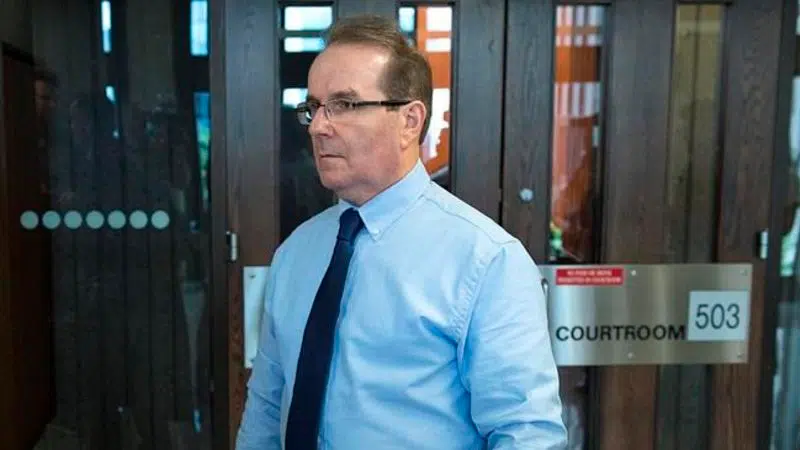
Evidence erased by police would have freed wrongfully convicted man: defence lawyer
HALIFAX — A defence lawyer who fought to free Glen Assoun from a wrongful conviction for murder says evidence erased by the Mounties would have helped Assoun win his appeal and spared him eight more nightmarish years in prison.
“What I feel right now is a sense of sadness for Glen …. The system failed so miserably,” Jerome Kennedy said in a telephone interview.
“There is no doubt in my mind that if this information had been disclosed, Glen’s appeal would have been successful.”
He said an independent probe into the case is needed. “This is normally the kind of thing that public inquiries examine,” said Kennedy, who after representing Assoun went into politics and served as attorney general of Newfoundland and Labrador.


